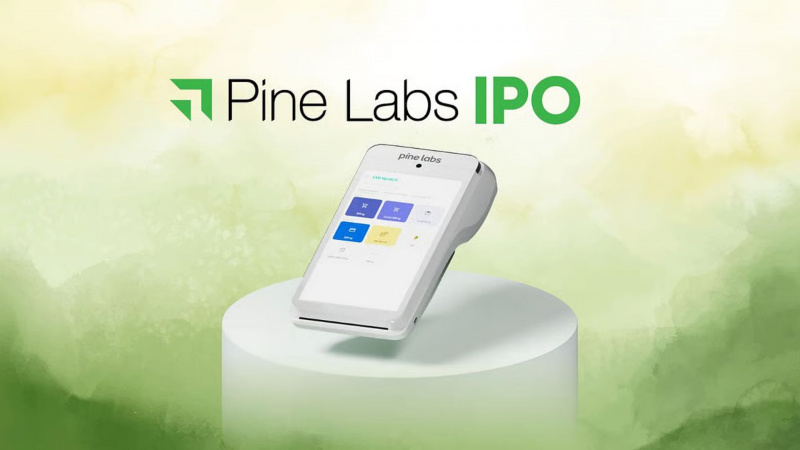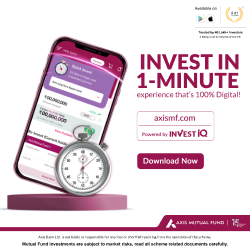Ola Electric Q1 Results FY26: Revenue Falls 61%, Net Loss at ₹870 Cr - MoveOS 5 in FocusOla
Ola Electric Q1 FY26 Financial SnapshotHere’s a quick look at Ola Electric’s key Q1 numb
- by Shan 2025-07-14 12:22:55
Ola Electric, once India’s most anticipated EV unicorn, is facing rough roads in FY26. The company reported a sharp 61% fall in revenue for Q1 FY26, clocking in at ₹1,243 crore, while its net loss widened to ₹870 crore — a spike of nearly 56% compared to the previous year.
Yet, amid the slump, Ola is putting its bets on MoveOS 5, a major software upgrade aimed at redefining the user experience across its S1 lineup.
Let’s unpack what these numbers mean, why Ola is in the red, and whether its focus on software innovation could help it turn the corner.
Ola Electric Q1 FY26 Financial Snapshot
Here’s a quick look at Ola Electric’s key Q1 numbers compared to last year:
Key takeaway: Ola’s top-line slowdown and widening losses point to deeper issues — not just in sales, but also in cost management and delivery efficiency.
Despite Ola’s assertions of having a robust order book, the physical deliveries have been inconsistent. Limitations on their dealer network, late-response customer support, and slow after-sale service has led to cancellations and poor conversion. With the FAME-II subsidy phased out and the ₹500 crore Electric Mobility Promotion Scheme 2024 offering limited support, buyers are facing higher upfront costs. That’s slowed EV adoption across the board — and Ola’s scooters aren’t immune. “The reduction in subsidies has created temporary demand friction in Tier 2 and Tier 3 cities where cost sensitivity is high,” says EV analyst Rachit Jain. Most buyers of Ola purchase on EMI. Given relatively high-interest rates, affordability is becoming less attractive - impacting the conversion of bookings to actual sales, directly. Ola’s Big Bet: MoveOS 5 MoveOS 5 is Ola’s latest software update for its electric scooters, with 100+ new features focused on ride customization, safety, and automation. Highlights include: Moods UI: Custom themes like Bolt, Vintage, Eclipse to personalize dashboard Proximity Unlock: Your scooter unlocks when you walk up to it Auto Turn-Off Indicators: Smarter controls based on behavior Improved Maps & Navigation: Better route detection and charging stations info AI Learning: Adaptive algorithms for performance and battery usage Ola is shifting its positioning from being just a scooter brand to a software-defined mobility platform. This helps: Justify premium pricing through tech-driven value Differentiate from rivals like Ather, TVS, and Bajaj Create recurring value from subscriptions and OTA upgrades “We’re seeing Ola try to Apple-ify the scooter space — creating a walled ecosystem that keeps customers coming back,” says auto tech blogger Priyansh Mathur. What About Deliveries & Production? Despite slow deliveries, Ola maintains it has ramped up production at its FutureFactory in Tamil Nadu, claiming an annual capacity of over 10 lakh units. However, operational bottlenecks — from logistics to service readiness — remain a concern. Current delivery timeline for new bookings: 2 to 4 weeks (Tier 1 cities), 4 to 6 weeks (Tier 2/3). New launches expected later this year: S1X+ with upgraded range Electric motorcycle prototypes (rumored reveal by December FY26) Ola vs Competitors: Market Share Trends Key takeaway: Ola is still the market leader, but its aggressive direct-to-customer model is being tested by full-service rivals offering better on-ground support. Investor & IPO Watch: What This Means for Ola's Market Aspirations Ola Electric had plans to go public with a ₹7,200 crore IPO by the end of FY26. But with Q1 showing a 61% revenue drop and mounting losses, investor sentiment may cool. Risks ahead: Profitability timeline has likely extended by 2–3 years Need to prove product stickiness and after-sales trust Global EV market cooling, making valuations trickier Yet, investors may still value Ola’s: Tech moat via MoveOS and its in-house software stack Brand awareness in India’s EV space Factory scale — one of the largest EV plants globally “If Ola can stabilize volumes and expand service access, the IPO may still be viable — but the valuation will be tighter,” says equity strategist Mahima Rao. What Consumers Are Saying User feedback from social media and forums paints a mixed picture. Feature-rich dashboard Fast acceleration and sporty ride Frequent software updates Limited service centers in smaller cities Long waiting times for parts Lack of transparency in communication This disconnect between product promise vs experience delivery may be one of Ola’s biggest growth barriers right now. Takeaways for Ola and the EV Sector Focus on consistency: Tech updates are great, but support infrastructure needs urgent investment. Improve service trust: The EV industry isn’t just about selling scooters — it’s about building long-term reliability. Rethink go-to-market: Ola’s direct-only model may need hybrid solutions to scale deeper into India. Final Thoughts: Can MoveOS 5 Turn the Tide? Ola Electric's Q1 numbers are a reality check. The combination of lower revenue and higher losses may cause concern with investors, but the strategy of investment in "software innovation" through MoveOS 5 is daring - and potentially smart. However, for Ola to get past these issues, it cannot be a technology-first brand. It also must address its delivery gaps, the scope of service coverage, and getting its customer trust back. For now, FY26 may remain a bumpy road ahead. Read also: Q1 Results 2025: TCS, Tata Elxsi, IREDA and 14 Other Companies to Announce on July 10What’s Driving the Revenue Fall?
1. Weak Deliveries, Despite Strong Bookings
2. EV Incentive Changes
3. Rising Cost of Servicing Loans
What is MoveOS 5?
Why It Matters
What users love:
What they struggle with:

POPULAR POSTS
Rupee Forecast 2025: Key Drivers Behind INR Weakness Against the US Dollar
by Shan, 2025-08-11 07:32:23
August 2025 IPO Preview: Big Listings from JSW Cement, NSDL, Knowledge Realty & SME Stars
by Shan, 2025-07-30 11:51:27
India GDP Forecast 2025-26 Raised to 6.5% by S&P: Key Drivers & Global Risks Explained
by Shan, 2025-06-26 10:30:46
HAL, BEL & Data Patterns: 3 Defence Stocks Riding India's ₹50,000 Cr Export Ambition
by Shan, 2025-06-26 10:00:16
Dalal Street Outlook: 5 Key Market Triggers to Watch This Week
by Shan, 2025-06-16 12:32:04
What is the Bond Market & How Does It Impact Your Investments?
by B2B Desk, 2025-02-05 09:42:55
Mutual Fund SIP Inflows Surpass Rs 26,000 Crore for the First Time
by B2B Desk, 2025-01-10 08:37:27
RECENTLY PUBLISHED

Loan EMIs to Drop as RBI Slashes Repo Rate - Full MPC December 2025 Highlights
- by Shan, 2025-12-05 11:49:44

Pine Labs IPO 2025: Listing Date, Grey Market Premium, and Expert Outlook
- by Shan, 2025-11-05 09:57:07

The Agentic Revolution: Why Salesforce Is Betting Its Future on AI Agents
- by Shan, 2025-11-05 10:29:23

Top 10 Insurance Companies in India 2026: Life, Health, and General Insurance Leaders Explained
- by Shan, 2025-10-30 10:06:42

OpenAI Offers ChatGPT Go Free in India: What’s Behind This Big AI Giveaway?
- by Shan, 2025-10-28 12:19:11

Best Silver Investment Platforms for 2025: From CFDs to Digital Vaults Explained
- by Shan, 2025-10-23 12:22:46




 Subscribe now
Subscribe now 